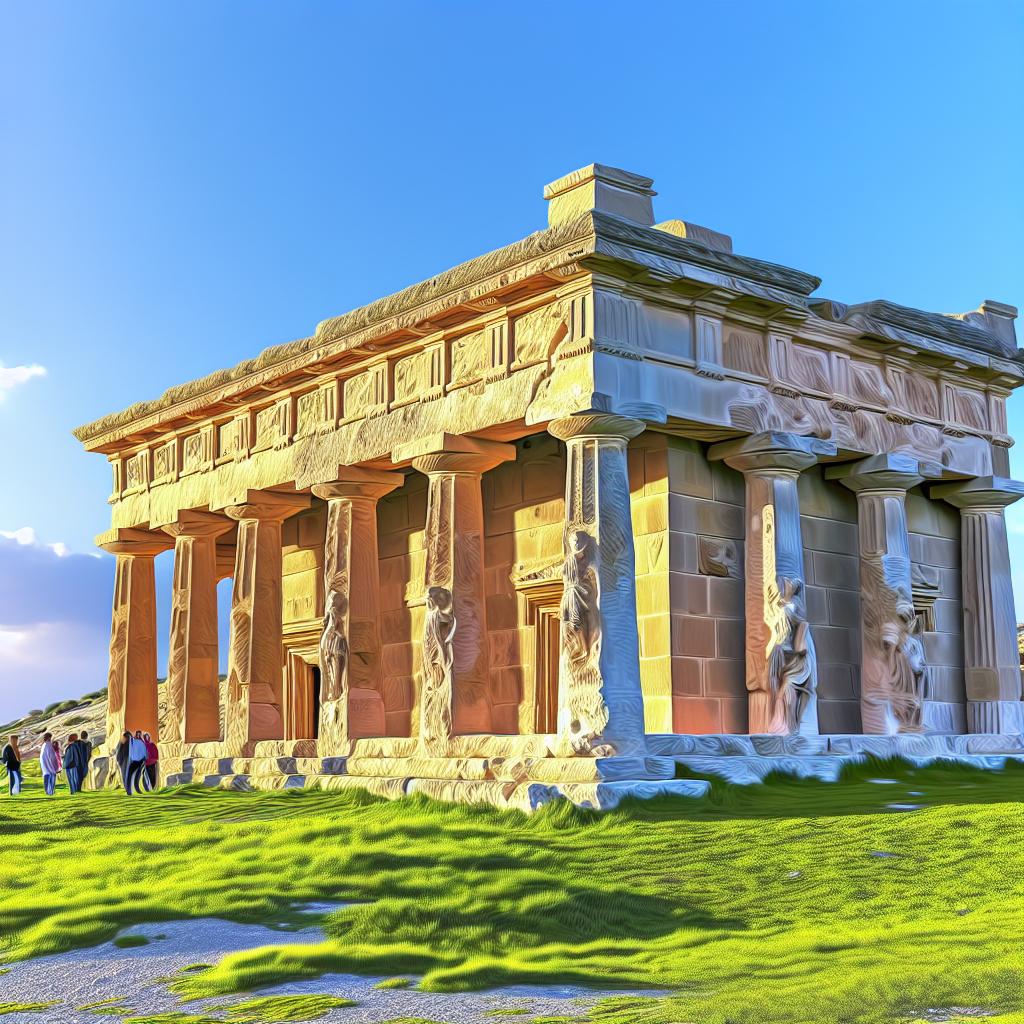Overview of the Tarxien Temples
The Tarxien Temples are a captivating complex of ancient megalithic structures located on the island of Malta. Renowned for their historical and cultural significance, these temples are among the most pivotal archaeological sites found within the Mediterranean region. Consisting of a network of interconnected chambers and open-air enclosures, each built with enormous stone slabs known as megaliths, these ancient temples provide a glimpse into the past where religious and ceremonial practices were deeply ingrained into the daily lives of the Neolithic inhabitants.
Historical Significance
The origins of the Tarxien Temples can be traced back to approximately 3600-2500 BCE, situating them squarely in the late Neolithic era, often referred to as the Tarxien phase in Maltese prehistory. Their mere existence is a testament to the advanced construction techniques and artistic prowess that characterized the early Maltese civilization. Functioning as centers for both ritualistic ceremonies and community gatherings, the temples provide a tangible link to the religious practices and social organization prevalent during that era. They represent a sophisticated society with well-developed architectural skills and a rich cultural tradition, marking an important chapter in human history.
Archaeological Discoveries
Archaeological investigations at the Tarxien Temples have unearthed a treasure trove of artifacts that shed light on the lifestyle and beliefs of the prehistoric Maltese. Among these discoveries are pottery items, intricately designed stone tools, and a variety of ornamental features. Perhaps most captivating are the detailed stone carvings embellishing the temple walls. These carvings include spiral motifs, depictions of animals, and anthropomorphic figures, revealing a complex iconography and a deep reverence for nature and the spiritual world. Furthermore, the discovery of altar remnants and stone basins suggests that the site was used for sacrificial rituals, possibly involving animal offerings, an inference drawn from the presence of bone fragments found nearby.
Temple Architecture
The architectural design of the Tarxien Temples is particularly noteworthy for its interconnected apsidal layouts. These semi-circular or oval rooms are intricately connected by a sophisticated system of doorways and passageways, creating a labyrinth-like configuration. Such a design not only showcases the architectural ingenuity of the time but also suggests a potential symbolic or practical purpose. The orientation of the temples further indicates an alignment with certain celestial phenomena, suggesting that the site may have been used for tracking solar or lunar events, thereby playing a role in the society’s calendrical or cosmological frameworks.
Visiting the Tarxien Temples
Currently, the Tarxien Temples stand as a major attraction for tourists and scholars interested in history and archaeology. The preservation efforts undertaken by Heritage Malta, the island’s heritage management body, ensure that visitors can explore the site comprehensively. For those seeking further information on guided tours or the preservation efforts, the official Heritage Malta website serves as a resourceful guide.
The Tarxien Temples are more than mere remnants of stone; they are a vivid embodiment of Malta’s rich prehistoric culture, recognized globally as a UNESCO World Heritage Site. Their ongoing significance lies not just in their history, but in their ability to provide ongoing insights and education related to the early trajectories of human societies in the Mediterranean and beyond.
As one delves deeper into the world of the Tarxien Temples, the blend of spiritual, architectural, and societal elements they encompass is truly remarkable. These ancient structures, standing the test of time, evoke a sense of mystery and admiration, allowing us to appreciate the achievements of civilizations long past. The Tarxien Temples continue to captivate the imaginations of those who visit, offering a profound connection to our shared human heritage and a rich source of knowledge for researchers and historians alike.

